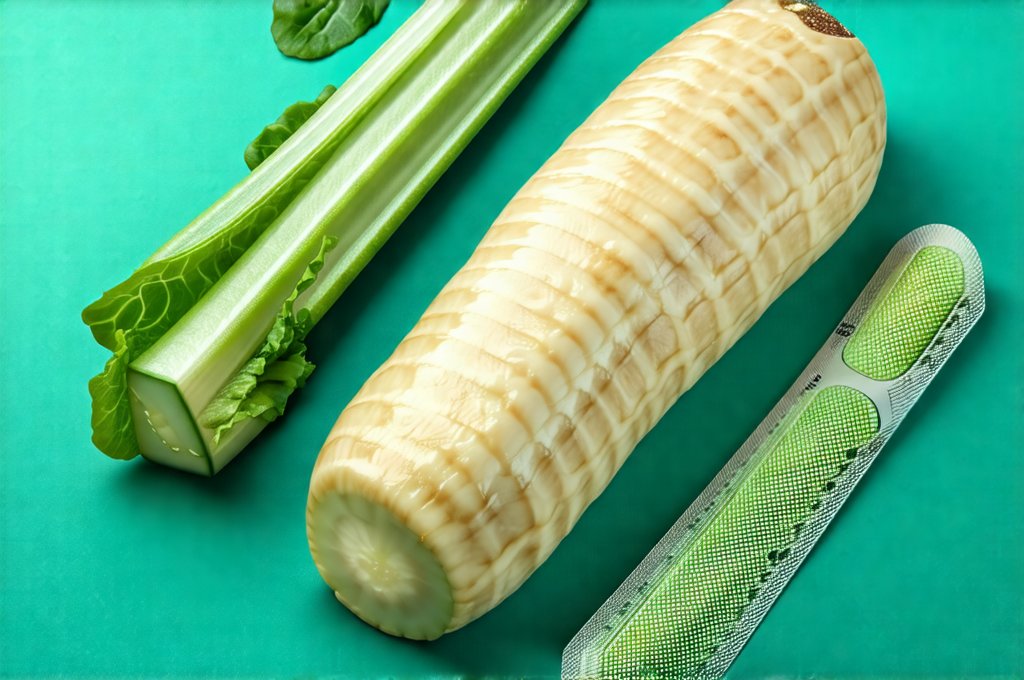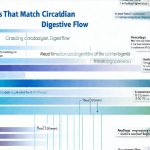The digestive system is often an overlooked hero in our overall well-being. We tend to focus on what we eat – the macronutrients, vitamins, minerals – but rarely do we consider when we eat relative to its optimal functioning. This timing isn’t about strict diet rules or calorie counting; it’s about working with your body’s natural rhythms to maximize nutrient absorption and minimize digestive discomfort. A key component of this is understanding fiber timing: strategically incorporating different types of fiber into your meals throughout the day to support a healthy gut microbiome, regular bowel movements, and sustained energy levels.
Many people experience digestive issues like bloating, gas, constipation or irregularity – often stemming from inconsistent dietary habits, stress, or insufficient fiber intake. But even with adequate fiber consumption, timing can be crucial. Simply adding more fiber without considering when you’re eating it can sometimes exacerbate these problems. The goal isn’t just how much fiber you consume, but when and which types of fiber are best suited for different times of the day to optimize digestive processes and overall health. Understanding this nuanced approach empowers you to take control of your gut health and unlock a more comfortable, energetic lifestyle. If you’re struggling with consistent discomfort, it might be time to consider motility scan to understand how your digestive system is functioning.
The Two Faces of Fiber: Soluble vs. Insoluble
Fiber isn’t a single entity; it exists in two primary forms: soluble and insoluble. Each plays a distinct role in digestive health. Insoluble fiber acts like a broom, adding bulk to stool and helping food move more quickly through the digestive tract. Think of bran cereals, whole wheat bread, vegetables like carrots and celery – these provide roughage that promotes regularity. Consuming insoluble fiber first thing in the morning can gently stimulate bowel movements and kickstart your day. However, excessive amounts too soon after waking may cause discomfort for some individuals.
Soluble fiber, on the other hand, dissolves in water to form a gel-like substance. This slows down digestion, promoting feelings of fullness and helping stabilize blood sugar levels. Sources include oats, beans, apples, citrus fruits, and psyllium husk. Soluble fiber also feeds the beneficial bacteria in your gut microbiome – contributing significantly to overall health. It’s best consumed throughout the day, particularly with meals, to support sustained energy and a healthy digestive environment. Combining soluble and insoluble fibers is vital for optimal digestion; aiming for a balanced intake across both categories ensures a well-rounded approach to gut health. You can even optimize this by considering probiotic impact when planning your meals.
Strategic Timing Throughout the Day
The timing of fiber consumption should align with your body’s natural processes and daily activities. Starting your day with a small amount of insoluble fiber can encourage regularity, but avoid overwhelming your system first thing. A gentle portion – like a tablespoon of bran sprinkled on oatmeal or a small serving of whole-grain toast – is often sufficient. As the day progresses, shift towards incorporating more soluble fiber with meals to promote fullness and stable blood sugar levels. This helps prevent energy crashes and supports consistent digestion throughout the afternoon.
Evening consumption of large amounts of insoluble fiber should be avoided for some individuals, as it could potentially lead to overnight bloating or discomfort. A moderate amount of soluble fiber in the evening—perhaps from a small serving of berries or a cup of herbal tea containing psyllium husk—can support gut health during sleep and promote regularity the following morning. Ultimately, pay attention to your body’s cues; what works for one person may not work for another. Experimenting with different timing strategies is key to finding what optimizes your digestive system. If you’re recovering from a bout of indigestion, focusing on what to eat can provide relief and support healing.
Maximizing Absorption: Fiber & Hydration
Fiber absorbs water, which is why adequate hydration is paramount when increasing fiber intake. Without sufficient water, fiber can actually contribute to constipation instead of alleviating it. Think of it like this: the fiber needs water to soften and move through your digestive tract efficiently. Aim for at least eight glasses of water per day, and even more if you’re physically active or live in a hot climate. – Drinking water before, during, and after meals can aid digestion and prevent bloating. – Carry a reusable water bottle as a reminder to stay hydrated throughout the day. – Consider incorporating hydrating foods like cucumbers, watermelon, and celery into your diet.
The Gut Microbiome Connection
The gut microbiome—the trillions of bacteria residing in your digestive system—plays a crucial role in overall health. Soluble fiber acts as prebiotic food for these beneficial bacteria, encouraging their growth and diversity. A diverse microbiome is associated with improved immunity, mood regulation, and even weight management. – Fermented foods like yogurt, kefir, sauerkraut, and kimchi can also contribute to a healthy gut microbiome when combined with sufficient fiber intake. – Avoid excessive consumption of processed foods, sugar, and artificial sweeteners, as these can disrupt the delicate balance of your gut bacteria. – Consider incorporating probiotic supplements if you have specific digestive concerns (consult with a healthcare professional before starting any new supplement regimen). Understanding gut-brain interactions can also help optimize your dietary choices for better well being.
Listening to Your Body: Individual Tolerance & Adjustments
Everyone’s digestive system is unique, meaning tolerance levels for fiber vary considerably. What feels comfortable for one person may cause bloating or discomfort for another. The key is gradual introduction of fiber and careful observation of your body’s response. – Start by adding small amounts of fiber to your diet each week and monitor how you feel. – If you experience gas, bloating, or constipation, reduce the amount of fiber you’re consuming temporarily and increase your water intake. – Keep a food diary to track what you eat and how it affects your digestion. This can help identify trigger foods or timing strategies that don’t work for you. – Remember, consistency is key. Regular fiber intake—paired with adequate hydration—is essential for maintaining long-term digestive health. If you are planning on attending an event, consider what to bring to ensure your dietary needs are met. And if transitioning after a disturbance, remember low fat practices. Finally, don’t forget that introducing probiotics to kids requires best practices for optimal results.


















